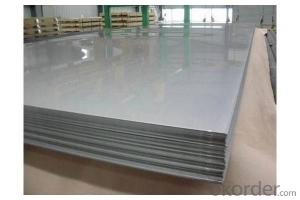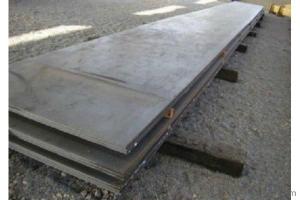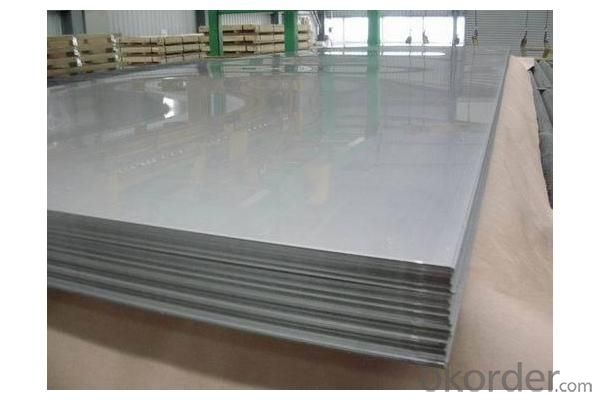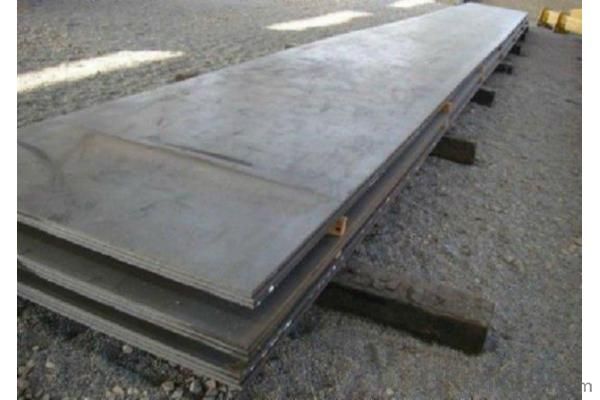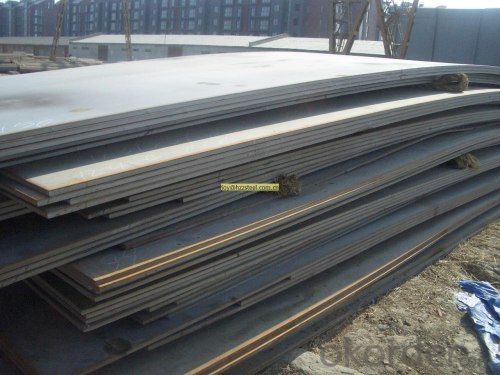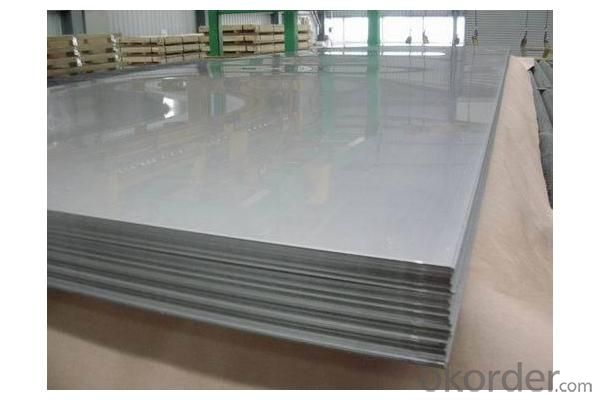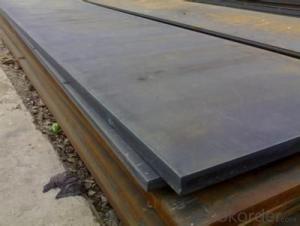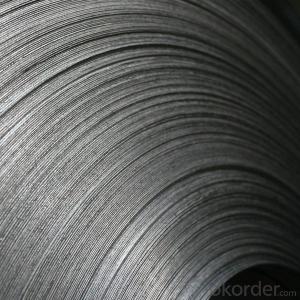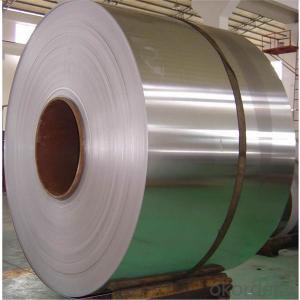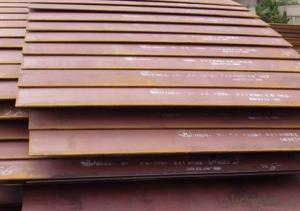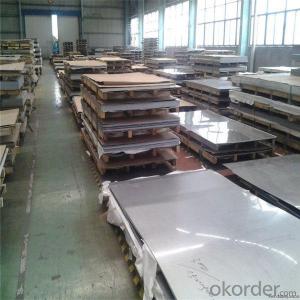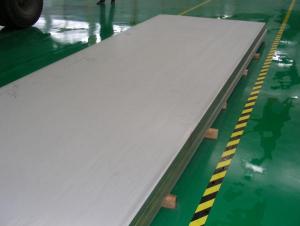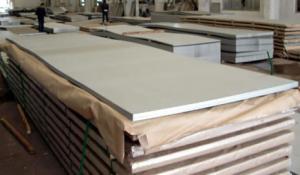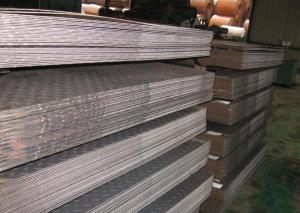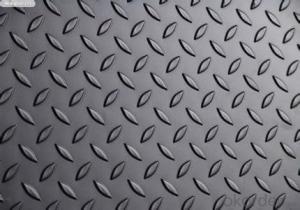300 Series Grade and JIS,AISI Standard stainless Steel per ton ISO certificate from cnbm
- Loading Port:
- Tianjin
- Payment Terms:
- TT OR LC
- Min Order Qty:
- 50 m.t.
- Supply Capability:
- 20000 m.t./month
OKorder Service Pledge
OKorder Financial Service
You Might Also Like
Quick Details
Standard: AISI, ASTM, BS, DIN, GB, JIS
Grade: 301,304,310S,316L,317L
Thickness: 3.0-10mm
Type: Steel Coil
Technique: Cold Rolled
Surface Treatment: Coated
Special Use: High-strength Steel Plate
Width: 1500-2500mm
quality: high quality
price: low price
Packaging & Delivery
| Packaging Details: | Iron sheet packing or as clients' requirement |
|---|---|
| Delivery Detail: | within 10-30 working days |
Specifications
material quality:301,304,310S,316L,317L
specification:0.4-5.0*1000/1219*1500
Lenth:6m
high quanlity and Competitive price
Stainless Steel Plate/Sheet/Coil
201,202,304,316,304L,316L,309S,310S,321,410,420,430,403
Introduction
stainless steel is one of Austenitic stainless steel. As a versatile steel, it has good corrosion resistance, heat resistance, low temperature strength and mechanical properties. Meanwhile, it is quite good in pressing, bending and other thermal processing.
Standard
The chemical and mechanical composition of the material is in accordance with GB,JIS,ASTM,and EN.
200,300,400series,201,202,301,304,304L,309S,310S,316,316L,410,430,etc.
Specification:
Our coils are directly ordered from mills.300 series stainless steel(304,304L,316L,321),duplex(2205),heat resistant steel(309s,310s)are the main product.Thickness from 0.2mm to 20mm,width is from 300mm to 2000mm,weight is from 2 tons to 26 tons.
Technology
cold draw, hot rolled, cutting, split, polished, protect coating as customer requirement
Packing
Iron sheet packing or as clients' requirement
Quality
MTC,ISO ,BV ,SGS CERTIFICATE
Application:
Machinemade industry, chemical industry, shipping industry architecture, food industry,household products,and so on.
- Q: How do steel sheets perform in terms of dimensional stability?
- Steel sheets are known for their excellent dimensional stability. This means that they are highly resistant to changes in size or shape when subjected to external forces or fluctuations in temperature. Steel is inherently strong and rigid, allowing it to maintain its shape and dimensions over extended periods of time. Additionally, steel sheets have low thermal expansion coefficients, meaning they expand and contract minimally with changes in temperature. This characteristic further enhances their dimensional stability, making them suitable for applications where precise dimensions and consistent performance are critical. Steel sheets are widely used in various industries, including construction, automotive, and manufacturing, due to their reliable dimensional stability.
- Q: What is the difference between a corrugated and flat steel sheet?
- The main difference between a corrugated and flat steel sheet lies in their structural design. A corrugated steel sheet is characterized by its wavy pattern formed by parallel ridges and grooves. This design provides added strength and rigidity to the sheet, making it suitable for applications that require enhanced load-bearing capabilities. Additionally, the ridges in a corrugated sheet help to increase its resistance to bending and impact, making it a popular choice for roofing and siding applications. On the other hand, a flat steel sheet lacks any ridges or grooves and is characterized by its smooth, flat surface. This design makes it more flexible and easier to fabricate into various shapes and sizes. Flat steel sheets are commonly used in applications that require a smooth and even surface, such as automotive body panels, appliances, and fabrication projects. In terms of visual appearance, corrugated steel sheets have a more distinctive and textured look due to their wavy pattern, while flat steel sheets have a sleek and uniform appearance. Overall, the choice between a corrugated and flat steel sheet depends on the specific application and desired characteristics. If enhanced strength and load-bearing capabilities are required, a corrugated sheet would be preferred. However, if versatility and ease of fabrication are important, a flat steel sheet would be the more suitable option.
- Q: What is the typical hardness range for steel sheets?
- The hardness range of steel sheets varies depending on the specific grade and type of steel employed. Generally, steel sheets exhibit a hardness range of 150 to 250 on the Vickers hardness scale (HV), striking a favorable balance between strength and formability. This characteristic renders steel sheets appropriate for a diverse array of applications. It is worth emphasizing that the hardness can be further modified through different heat treatment methods to attain desired properties.
- Q: Are steel sheets suitable for data center infrastructure?
- Yes, steel sheets are suitable for data center infrastructure. Steel is a strong and durable material that can provide the necessary structural integrity and support for data center equipment and systems. It is commonly used for server racks, cabinets, enclosures, and other components within data centers. Steel sheets offer stability, protection, and easy customization options, making them a reliable choice for data center infrastructure.
- Q: Can steel sheets be used for storage racks?
- Yes, steel sheets can be used for storage racks. They are durable, strong, and can safely support heavy loads, making them an ideal material for storage rack construction.
- Q: What are the common industries that use steel sheets?
- The common industries that use steel sheets include construction, automotive, aerospace, manufacturing, and appliance industries.
- Q: What is the standard thickness of steel sheets?
- The standard thickness of steel sheets can vary depending on the specific application and industry. However, common standard thicknesses range from 0.5mm to 25mm.
- Q: Can the steel sheets be used for elevator doors?
- Indeed, elevator doors can utilize steel sheets. Given steel's robustness, longevity, and fire-resistant attributes, it serves as a prevalent choice for constructing elevator doors. By manipulating and tailoring steel sheets, they can be customized to precisely match the dimensions and specifications of the elevator doors, ensuring a dependable and secure enclosure. Moreover, steel sheets can be treated with diverse coatings and finishes to augment their aesthetic appeal while safeguarding them against corrosion.
- Q: Are steel sheets suitable for architectural projects?
- Yes, steel sheets are suitable for architectural projects. Steel is a versatile and durable material that offers several advantages for architectural applications. Firstly, steel sheets are strong and can withstand heavy loads, making them suitable for structural elements in buildings. They have a high strength-to-weight ratio, which allows for the creation of large and open spaces without the need for excessive supporting columns or walls. This makes steel sheets ideal for constructing large atriums, stadiums, or other architectural projects that require expansive interior spaces. Secondly, steel sheets can be easily shaped and formed into various architectural designs. They can be curved, rolled, or bent to create unique and intricate structures. Steel's malleability allows architects and designers to push the boundaries of traditional building designs and create visually stunning and innovative structures. Additionally, steel sheets are resistant to corrosion, weathering, and fire. This makes them suitable for outdoor applications and ensures the longevity of the architectural project. Steel's durability also means that it requires minimal maintenance over its lifespan, resulting in cost savings in the long run. Furthermore, steel sheets are available in a wide range of finishes, textures, and colors, allowing for customization and aesthetic versatility in architectural projects. Whether it is a sleek and modern design or a rustic and industrial look, steel sheets can be tailored to meet the desired aesthetic requirements of the project. Overall, steel sheets are a suitable choice for architectural projects due to their strength, versatility, durability, and aesthetic appeal. Their ability to withstand heavy loads, be shaped into various designs, resist corrosion and fire, and offer customization options make them an excellent material for architects and designers to bring their visions to life.
- Q: What are the different grades of steel used for sheets?
- The different grades of steel used for sheets vary depending on factors such as strength, durability, and corrosion resistance. Some common grades include carbon steel (e.g., A36), stainless steel (e.g., 304 or 316), and high-strength low-alloy steel (e.g., A572). Each grade has specific properties that make it suitable for various applications in industries like construction, automotive, and manufacturing.
Send your message to us
300 Series Grade and JIS,AISI Standard stainless Steel per ton ISO certificate from cnbm
- Loading Port:
- Tianjin
- Payment Terms:
- TT OR LC
- Min Order Qty:
- 50 m.t.
- Supply Capability:
- 20000 m.t./month
OKorder Service Pledge
OKorder Financial Service
Similar products
Hot products
Hot Searches
Related keywords
